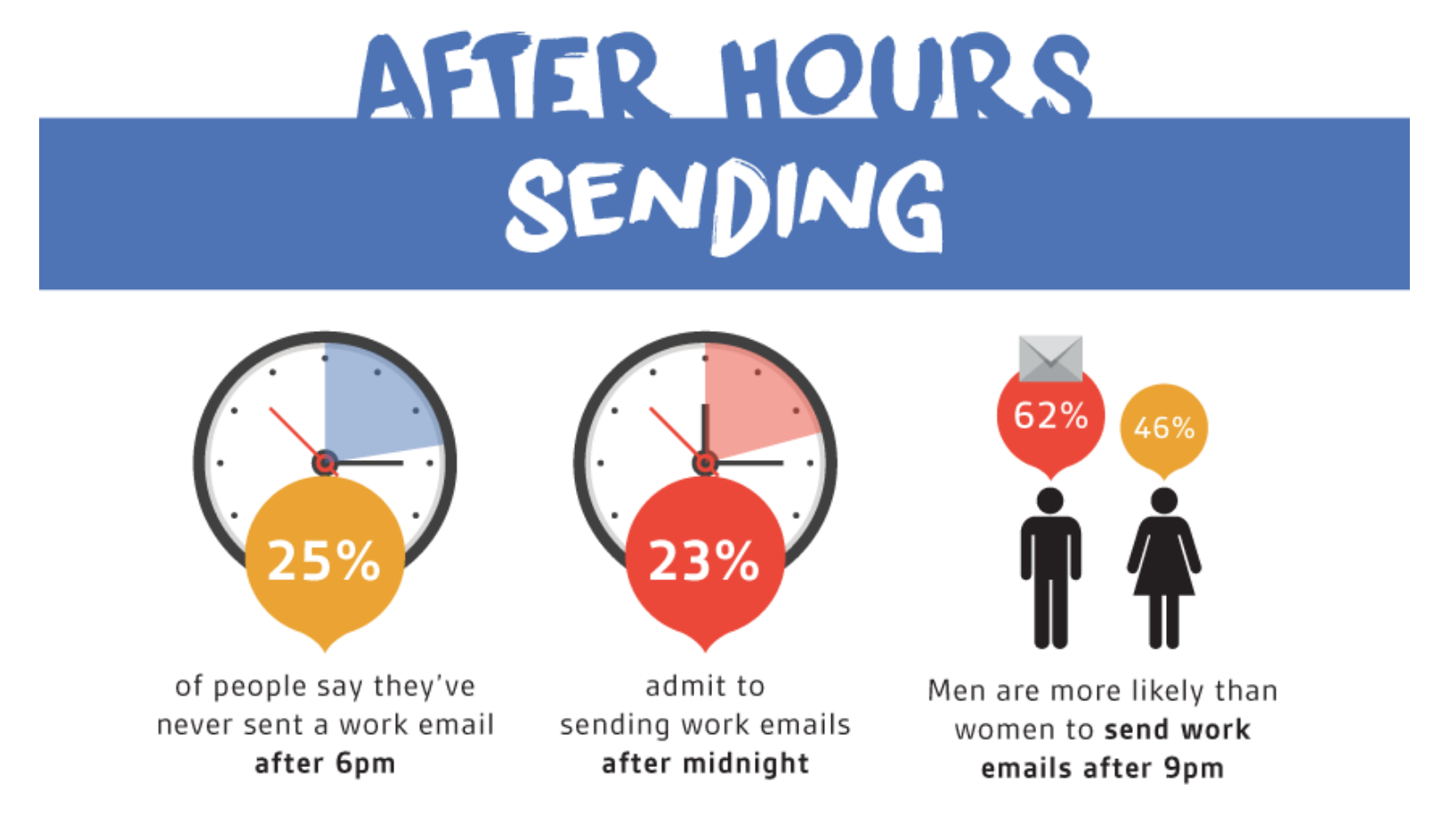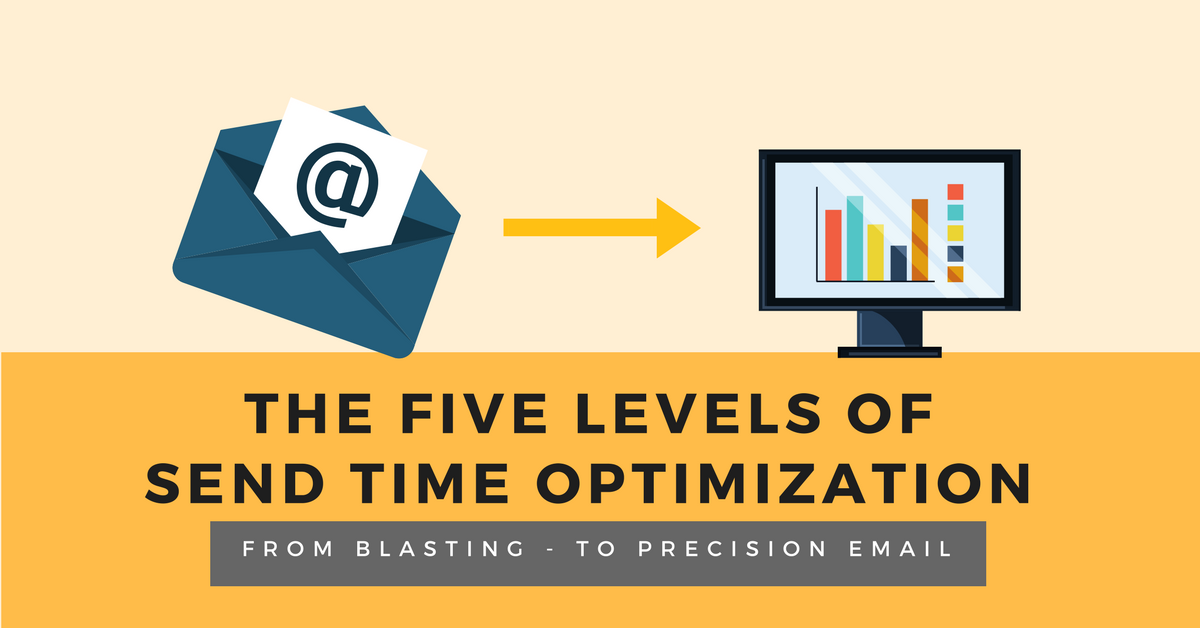I recently read a blog post by Seth Godin Please don't kill the blogs, which is an "open letter" to Google where he expresses his frustration with the way Gmail has been putting his subscribers’ blog notifications in their "Promotions" tab instead of in the Inbox.
While I sympathize with Seth's frustration, Google, Microsoft and other ESP's (email service providers) are waging a war on spam. Many marketers still treat email as a commodity channel and blast away. Once a marketing system is setup, it costs nothing and takes seconds to send a blog notification to 500k subscribers, but every unwanted email is a waste of time, attention, and productivity for the recipient. ESP's have recognized this and built machine learning systems and spam filters to determine whether your email is worthy of making it into the inbox.
One common mistake marketers make with email is to continue sending blog notifications and promotional emails to people that simply aren't engaging. Not only does this waste people's time, but it can also seriously hurt your overall email ROI by affecting your sender reputation. For example, if Google thinks your blog notifications are spam, they will treat them as such, even for subscribers that WANT to see them.
Ask to be Whitelisted
To combat this, many marketers will tell you to use a welcome email to remind subscribers to whitelist your domain. While this may be a worth while step to take, it doesn't fully solve the problem since many (likely the majority) of your readers won't end up whitelisting you -- we need a better solution.
I was recently talking to a prospective customer (I'm also one of their blog subscribers) and when I asked how their blog emails performed, I almost fell out of my seat with their response. "Our engagement is pretty good; about 10-11% open rates and about a 1% click rate." This is pretty bad going by industry standards. The average email open rate across all industries is 22.86%.
It's no wonder that over the past few months all of their blog notifications were landing in my spam folder. Why were 90% of their subscribers not engaging? I was doubtful that it was content related because they publish high quality engaging content.
Email Frequency Optimization
I then asked them to run a test which would involve sending less frequent email to some of their disengaged subscribers. It took some convincing because these were all subscribers that had given permission to market to them and had engaged with their emails in the past.
The test consisted of using Seventh Sense’s machine learning system to identify subscribers who were completely disengaged (about 10% of their overall email list), pull them from instant notifications and instead send at a bi-weekly email frequency. I suggested a month, but that didn't go over so well. Below are the results of the first email going to people that had disengaged.
Ouch! That's 13K people that had been receiving an email every day, developed email fatigue and tuned them out. What makes this worse, I'm sure the ESP's algorithms were recognizing this and classifying them as spam.
After a few weeks using the new approach, wham, my personal blog notifications were coming back to my inbox because they had started to become better citizens of email marketing and I'm sure my ESP noticed that. This also meant that other promotional emails had a higher probability of making it to the inbox.
Here's a chart showing the dramatic change in average open and click rates across their entire email program where you can clearly see the spike when they implemented the new system with their blog notifications. This also didn't sacrifice the total number of physical opens and clicks, but rather these increased slightly (another indicator that more email was being delivered to the inbox of engaged readers).
I'm not advocating for completely scrubbing people that are disengaged, but rather recognizing that some subscribers want to hear from your less often than others. Cross that threshold, and they become fatigued, disengaged, and hurt your overall sender reputation and deliverability.
At some point, these are people who enjoyed your content and we often find when you give them a break from the daily blasts, they actually re-engage.
While I don't know Seth's email engagement rates, I'm very confident that some of his audience has got a case of the “Monday's” as well and are simply fatigued which is hurting his email deliverability.
Some would say, "well, there is a subscriptions settings page" for that, but by the time you make it there, most are ready to unsubscribe. This also puts the onus on the subscriber. If anyone knows Seth, I'd be happy to show him how he can take advantage of his data to solve his problem! :)
Want to learn more? Download our free Email Fatigue Guide.






